Hi there, pet lovers! 🐛
Looking for a pet that’s fascinating, low-maintenance, and unlike anything your friends own? Giant millipedes (Archispirostreptus gigas) might be the perfect choice! These gentle, slow-moving arthropods are ideal for beginners and experienced keepers alike, offering a unique glimpse into the world of invertebrates.
Unlike fast or flighty pets, giant millipedes are calm, easy to handle, and surprisingly interactive. They thrive in simple setups, eat inexpensive foods, and can live for several years with proper care. Whether you’re a budding entomophile or just want a pet that’s mesmerizing to watch, this guide covers everything you need to know about keeping these incredible creatures.
Overview
Giant millipedes are large, docile arthropods native to tropical regions. Known for their many legs, slow movements, and gentle nature, they make excellent pets for those who enjoy observing rather than high-maintenance interaction. Here’s a quick summary of what makes them special:
- Handling and Temperament: Extremely docile, rarely defensive, and safe to handle.
- Care and Maintenance: Simple but requires consistent humidity and warmth.
- Health and Durability: Hardy when kept in proper conditions but sensitive to dehydration.
- Availability: Not as common as other exotic pets but can be found through specialty breeders.
- Cost: Affordable to purchase, with minimal ongoing expenses.
- Overall: A fantastic, low-maintenance pet for those who appreciate unique invertebrates.
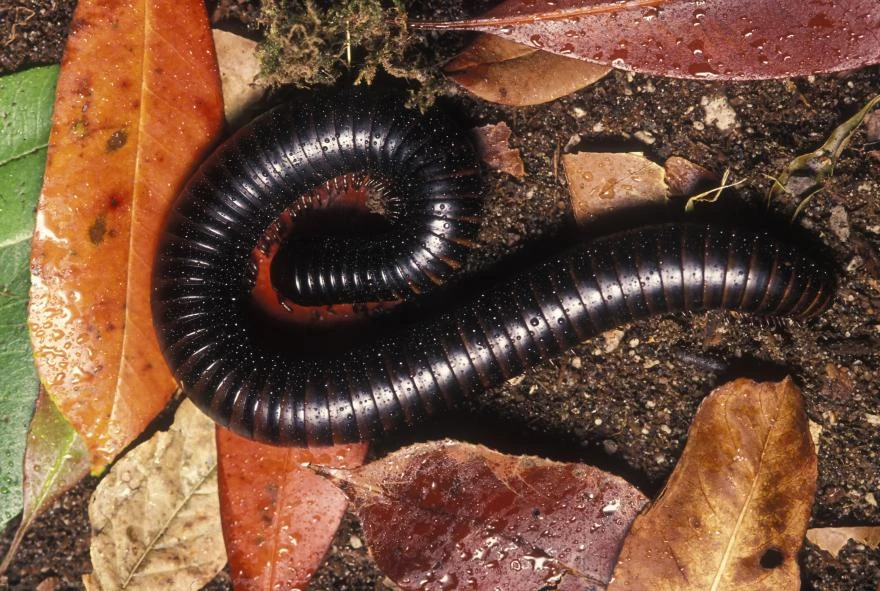
Why Choose a Giant Millipede?
Giant millipedes are perfect for keepers who want an unusual yet undemanding pet. Unlike mammals or reptiles, they don’t need constant attention, elaborate enclosures, or expensive diets. Their slow, deliberate movements make them mesmerizing to watch, and their hardiness makes them great for beginners.
Additionally, they are one of the few large invertebrates that can be safely handled. While they won’t bond with you like a dog or cat, their calm demeanor and intriguing biology make them a rewarding pet for those who enjoy observing nature up close.
Handling and Temperament
Giant millipedes are among the most handleable invertebrates available in the pet trade. Their docile nature makes them a stress-free choice for those who want a pet they can interact with safely.
Personality and Behavior
- Slow-moving and deliberate—unlikely to dart away like other arthropods.
- No biting or aggression—they lack venom and are harmless to humans.
- Mild defensive secretions—some species release a slightly irritating fluid when stressed, but it’s not dangerous (just wash hands after handling).
Handling Tips
- Support their entire body—avoid letting them dangle or drop.
- Keep sessions short—they need high humidity, so prolonged handling can dehydrate them.
- Avoid handling during molting—their exoskeleton is soft and vulnerable.
Overall, giant millipedes are one of the best invertebrates for hands-on interaction, making them a great choice for kids (with supervision) and curious adults.
Care and Maintenance
While giant millipedes are low-maintenance, they do need specific conditions to thrive. Here’s how to keep them happy and healthy.
Enclosure Setup
- Tank Size: A 10-20 gallon terrarium works for 1-2 millipedes.
- Substrate: Coconut fiber, peat moss, or bioactive soil (4-6 inches deep for burrowing).
- Humidity: 70-80% (mist daily and use a moisture-retaining substrate).
- Temperature: 72-78°F (use a low-wattage heat mat if needed).
- Decor: Leaf litter, cork bark, and sphagnum moss for hiding and climbing.
Feeding
- Primary Diet: Decaying leaves, rotting wood, and fresh vegetables (cucumber, zucchini, squash).
- Supplements: Calcium sources (cuttlebone or powdered calcium) for exoskeleton health.
- Feeding Schedule: Offer food every 2-3 days, removing uneaten portions to prevent mold.
Cleaning
- Spot-clean uneaten food and waste regularly.
- Replace substrate every 2-3 months to prevent mold buildup.
With these basics covered, giant millipedes are one of the easiest exotic pets to maintain.
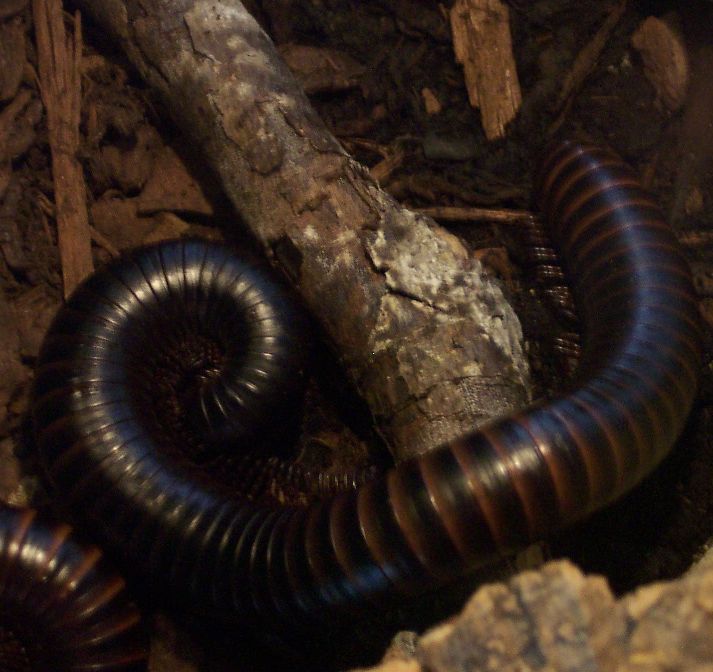
Health and Durability
Giant millipedes are long-lived and hardy when kept correctly, but they do have specific health needs.
Common Health Issues
- Dehydration (lethargy, difficulty molting) – Ensure high humidity.
- Poor molting (stuck exoskeleton) – Provide moist hiding spots.
- Parasites or mites – Quarantine new millipedes and keep substrate clean.
Preventative Care
- Maintain stable humidity and temperature.
- Avoid handling during molting.
- Provide a varied, calcium-rich diet.
With proper care, giant millipedes can live 5-10 years, making them a long-term but undemanding pet.
Availability and Cost
Where to Buy
- Specialty breeders (best for healthy, captive-bred specimens).
- Reptile/invertebrate expos (great for seeing them in person).
- Online stores (ensure they’re reputable).
Cost Breakdown
- Millipede: $20 to $50 (depending on species and size).
- Enclosure setup: $100 to $200 (tank, substrate, decor).
- Ongoing costs: Minimal (cheap food, occasional substrate changes).
While not as common as reptiles, they’re affordable and worth the search.
Pros and Cons
Pros
✅ Extremely docile and safe to handle.
✅ Low-maintenance compared to most pets.
✅ Fascinating to observe and educational.
✅ Long lifespan (5-10 years).
✅ Inexpensive to feed and care for.
Cons
❌ Requires high humidity (daily misting).
❌ Not as interactive as mammals/reptiles.
❌ Defensive secretions may irritate sensitive skin.
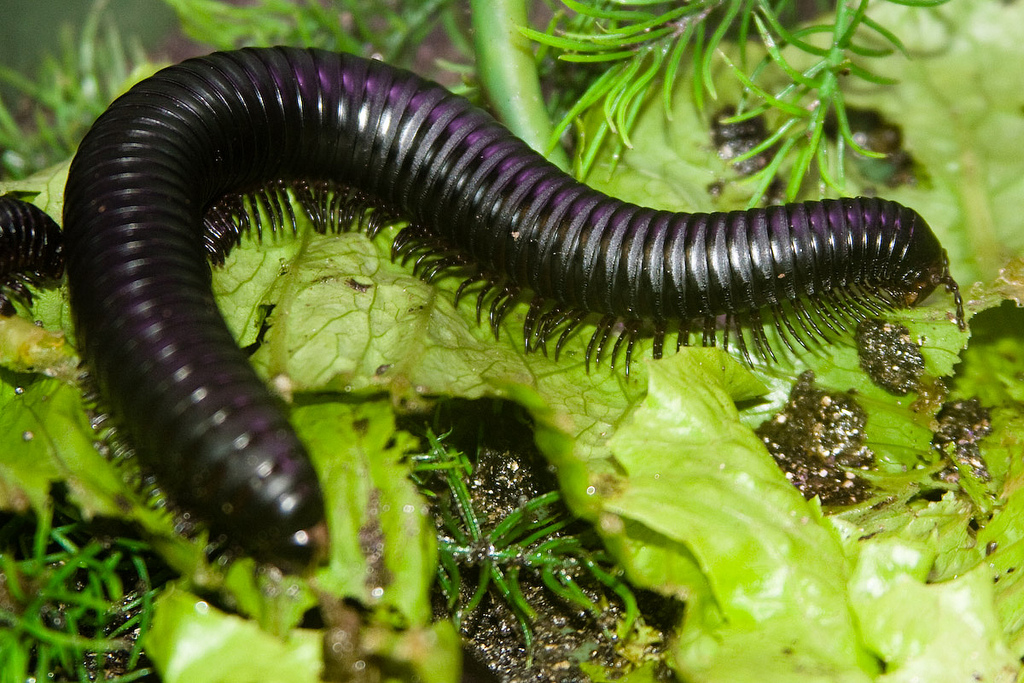
Final Thoughts
Giant millipedes are a hidden gem in the pet world—unique, easy to care for, and endlessly intriguing. They’re perfect for busy keepers, educators, or anyone who loves unusual creatures.
If you’re ready for a pet that’s more about observation than constant interaction, a giant millipede could be your ideal match.
Have you kept millipedes before? Share your experiences below! 🐛
For more invertebrate care guides, stay tuned—we’ll be diving into more exotic pet recommendations soon!

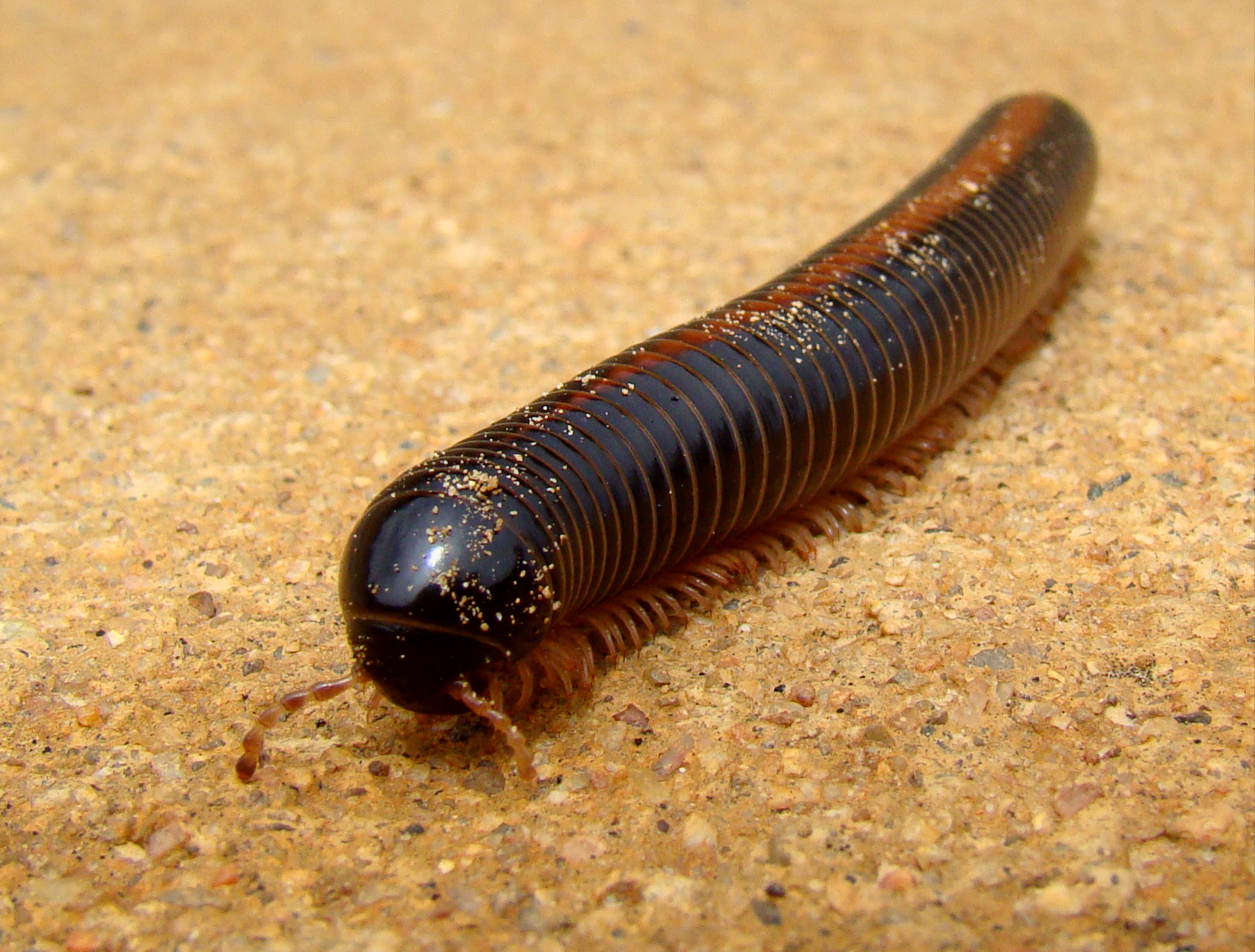

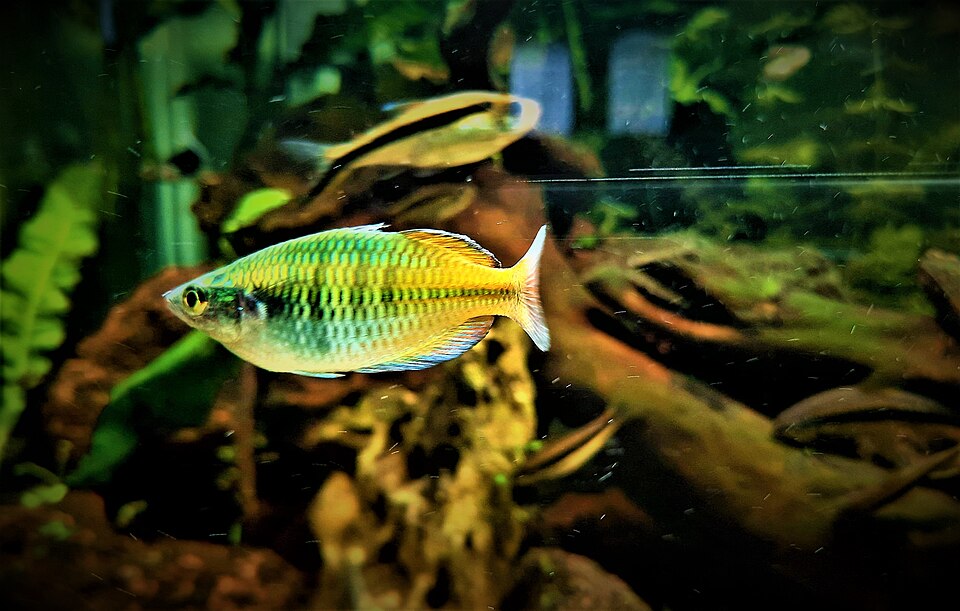
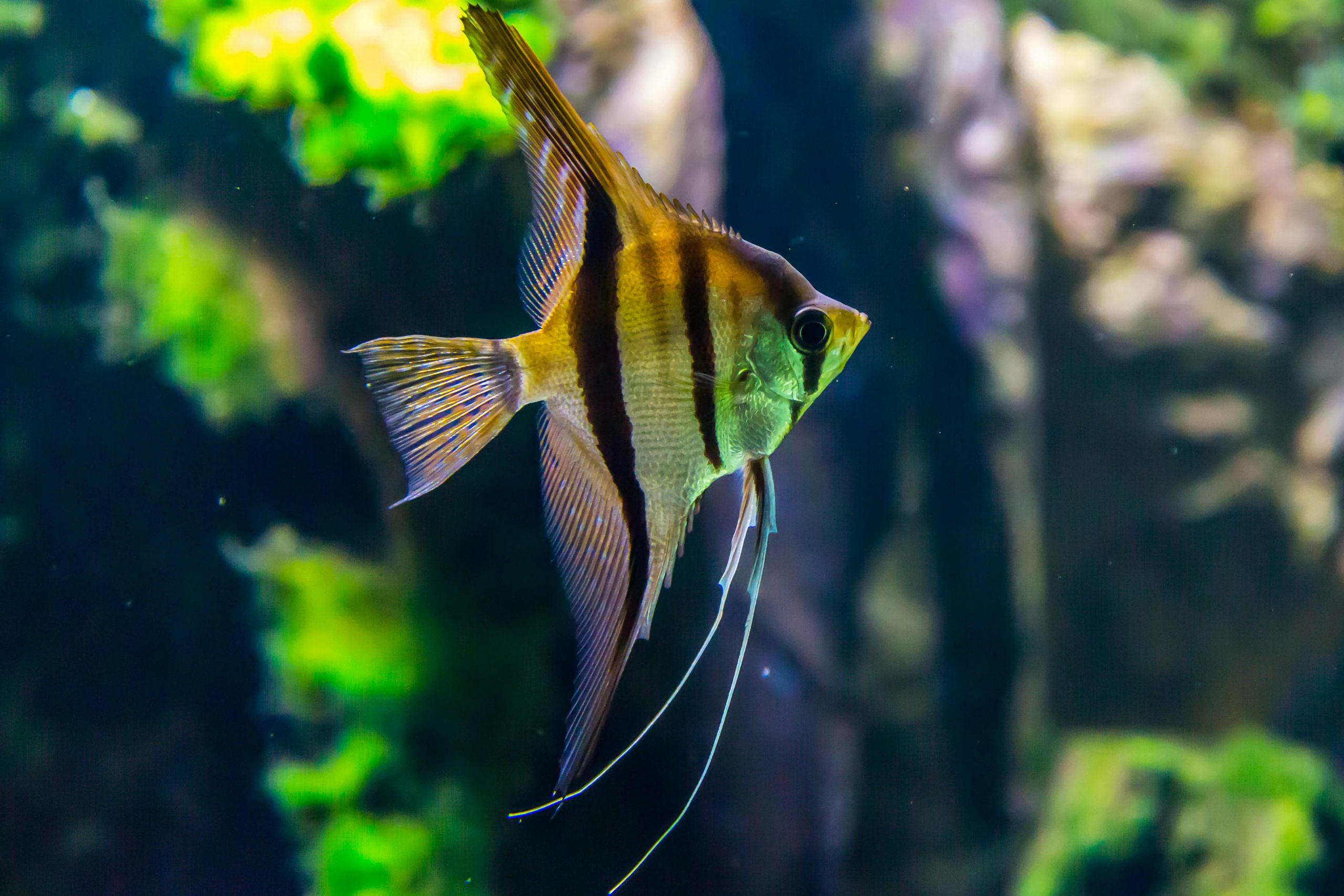
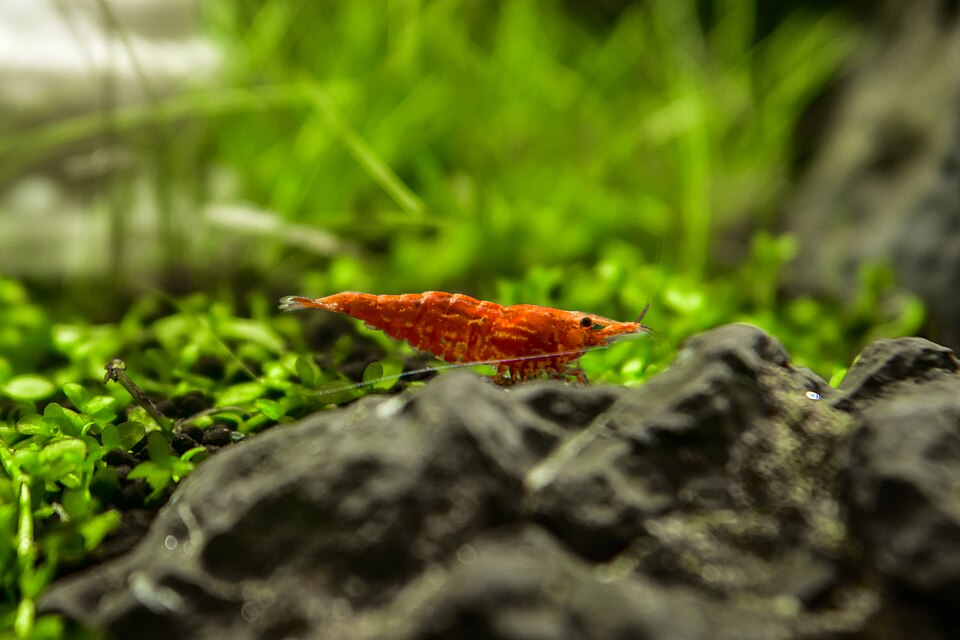

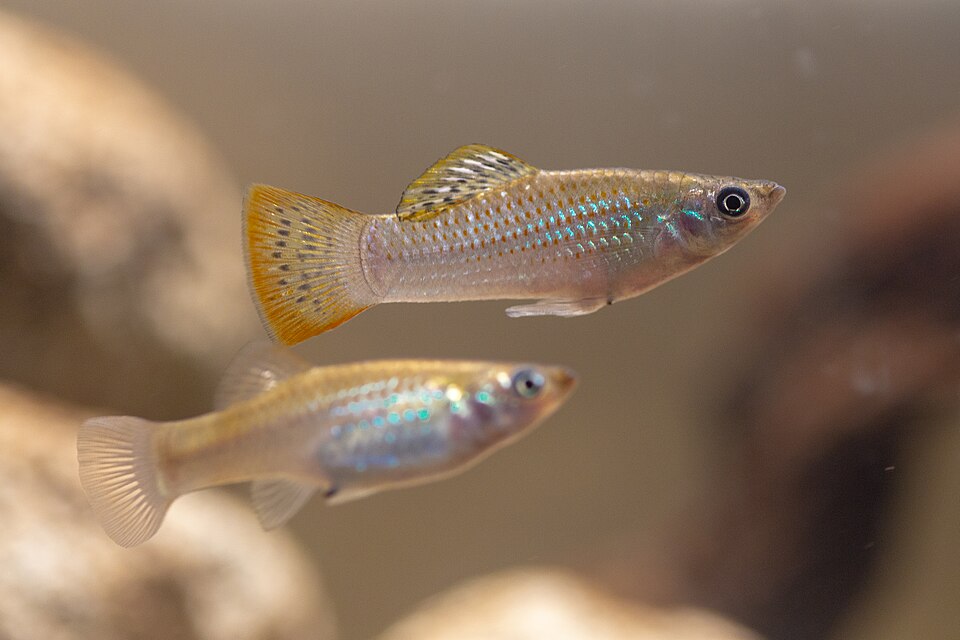
Leave a Reply